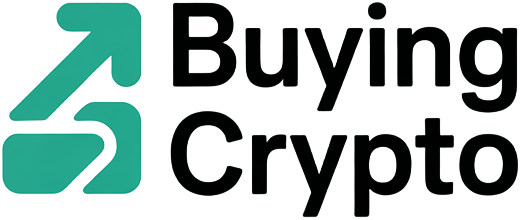Step-by-Step: How to Fund a Crypto Wallet and Make Your First Purchase in Under 10 Minutes
Ready to dive into the world of crypto but worried it’ll take hours to get started? You’re not alone. The good news: funding your first crypto wallet and making a…




